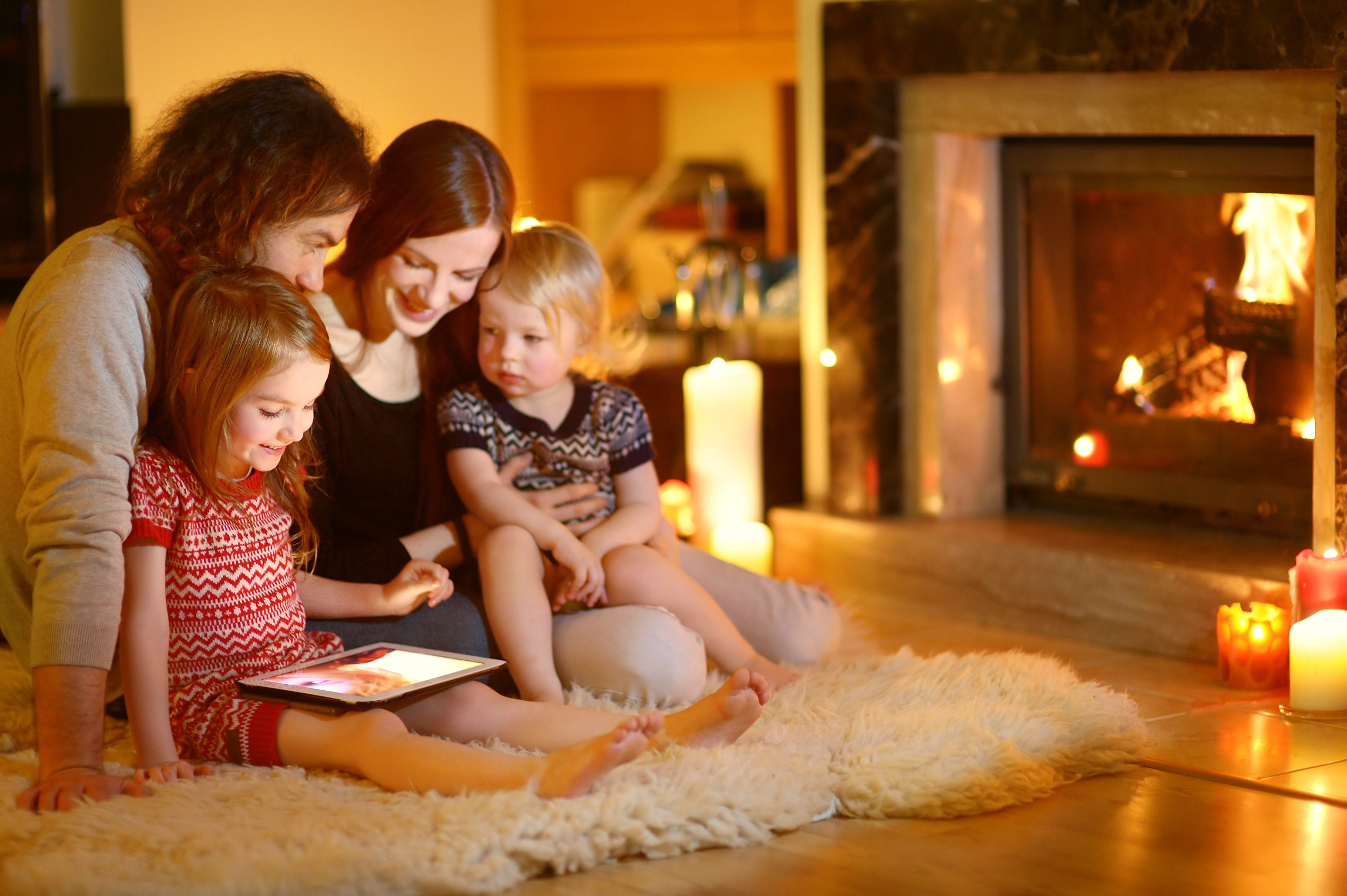You work hard to keep your home and your family safe. Your home is likely equipped with smoke alarms, fire extinguishers, deadbolts on the doors, burglar alarms, motion detectors, security cameras, maybe even a very large dog. You may think you’re protected against anything.
But do you have a carbon monoxide detector?
Carbon monoxide is an odorless gas produced by burning gas, wood, or charcoal, and it’s deadly. Each year in the U.S., about 400 people die from carbon monoxide poisoning, many in the unsuspecting comfort of their own homes.
But this article isn’t about doom and gloom. We’re here to help. Let’s talk about how to prevent carbon monoxide poisoning in your home.
Keep Your Furnace Serviced
Winter time is the time for heightened awareness, since malfunctioning furnaces or blocked vents can cause carbon monoxide to accumulate in your home. Keep your furnace clean, well-maintained, and clean the vents every year before turning on your furnace for the winter.
In some parts of the country, you may be prone to massive, power-killing snowfalls. If you lose power and need to use a generator or kerosene heat, be especially mindful to monitor carbon monoxide levels in your home. Which leads us to…
Install and Monitor Carbon Monoxide Detectors
Carbon monoxide detectors are affordable and easy to use. A well-monitored home should have a carbon monoxide detector in each bedroom. Install detectors on or just above your baseboards, as carbon monoxide gas is a heavy gas that tends to accumulate at floor level.
Be sure to install detectors with alarms that will wake your family if gas is detected. Since carbon monoxide is odorless, your family will not be aware if the gas begins to build while they’re asleep. A combination smoke alarm/carbon monoxide detector can be installed in the basement, supplemented by plug in alarms near the floor in other areas (like bedrooms).
Create an Evacuation Plan – Before You Need One
It’s important to have a plan for any emergency, but there are some specific things you should do if your carbon monoxide detector goes off:
- Get outside as quickly as possible. Fresh air is critical to clearing any carbon monoxide gas from your lungs.
- If you’re checking on and gathering children or pets, keep your nose and mouth covered with a mask or handkerchief. Walk upright and carry small children or pets to keep them away from the floor.
- Open doors and windows to let the gas dissipate.
- Call 911 and request medical assistance.
- Stop to turn off the furnace and appliances ONLY if nobody in the home is showing signs of carbon monoxide poisoning.

